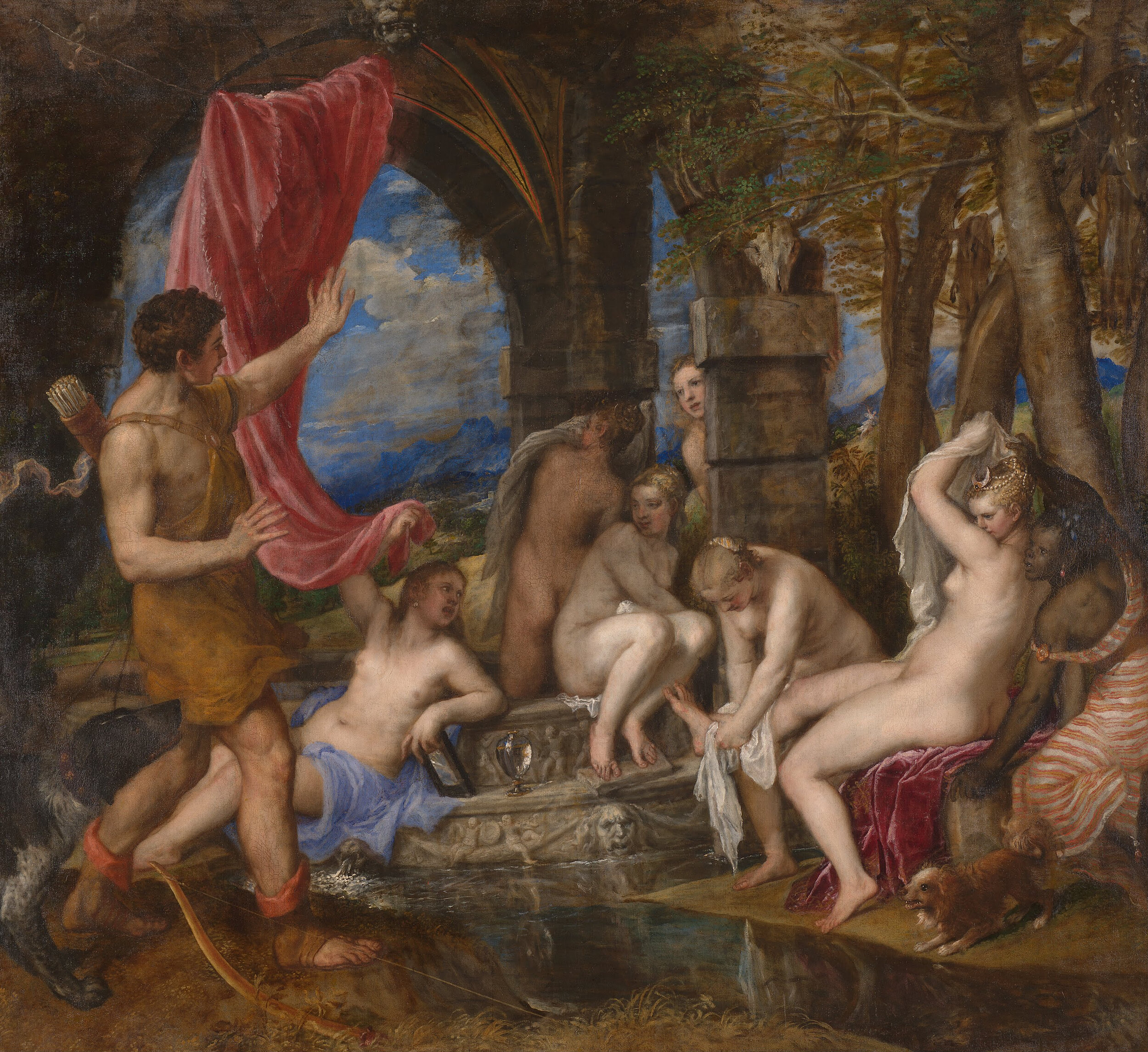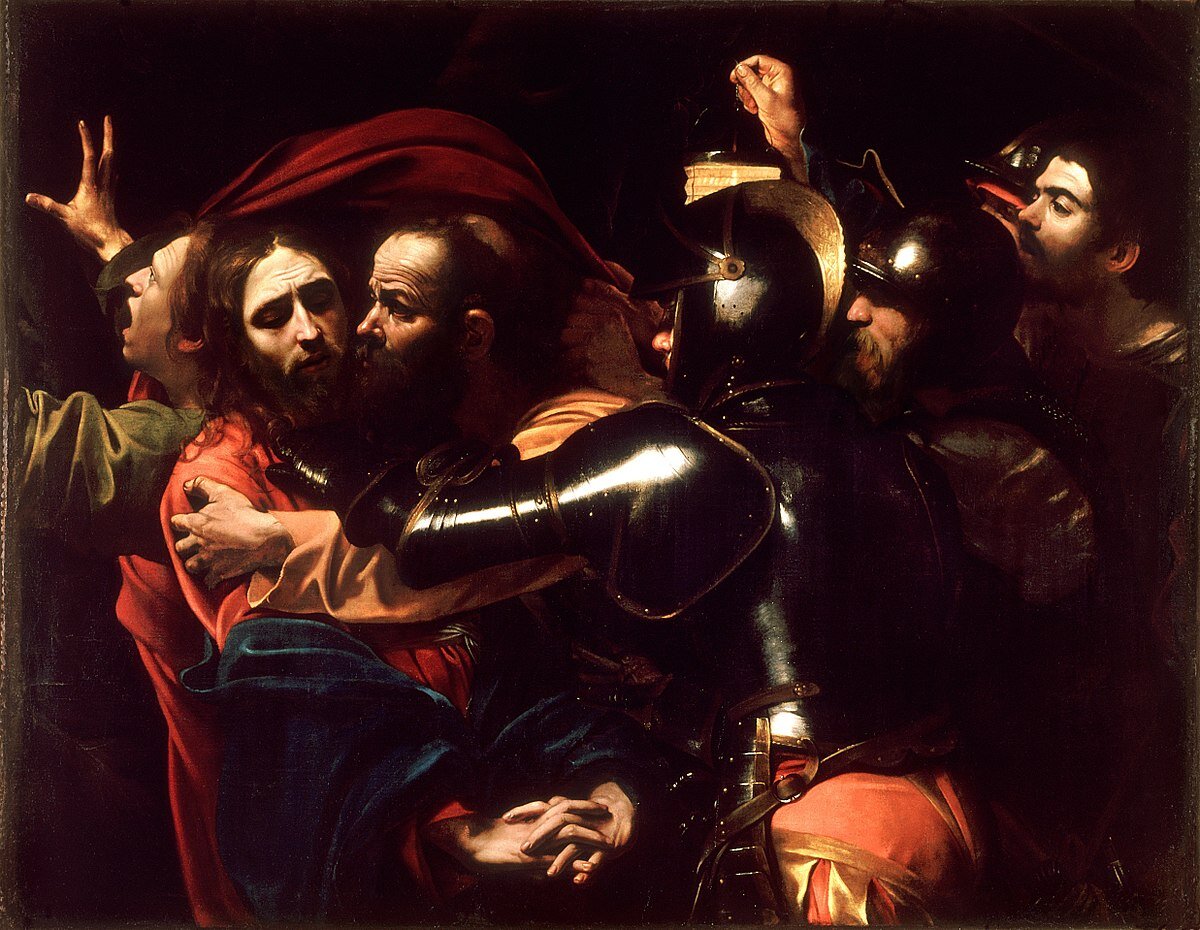Over the last couple of weeks, I couldn’t help but notice the online chatter around NFTs (Non-Fungible Tokens) and digital art. Especially since that chatter grew to a crescendo last week when the artist Beeple sold an NFT at Christie’s for a record $69 million.
Everydays: The First 5000 Days by Beeple
It got my attention and I knew I had to do some research into WTF, exactly, IS an NFT. A word of caution – the following explanation is based on some conversations with my colleagues and reading various twitter rants. There are parts of it I still don’t fully understand, but essentially we have to start with an explanation of my new favourite word -fungible. If an item is fungible it can be exchanged for items of the same type – like money for example, if I give you a tenner you can give me two fivers in exchange, they’re worth the same. Non-fungible items are things like diamonds or houses because they aren’t all alike, each unit has unique qualities that add or subtract value.
Non-Fungible Tokens are part of the new crypto world of blockchain assets. (Crypto assets and cryptocurrencies, by the way, are another element of this story that makes my brain melt, and into which I will not venture further.) NFTs however are not cryptocurrency, they can’t be replicated, and they contain unique information so they’re not interchangeable. They are essentially digital goods, collectibles that people can buy ownership of and are usually images, videos or animation – anything that could be written as digital code.
The divide over NFTs is huge, there are ardent supporters as well as critics. The critics point to environmental issues with NFT production which are not insignificant. The energy used to produce them is staggering and increases each time one is resold. This is also an issue with cryptocurrencies and while there are efforts being made to reduce this, it doesn’t look like it’s going to resolved soon – something to think about in our current climate crisis. There is also the issue with who the buyers of these NFTs are. Techbros (and to be clear, they are generally bros) are at the forefront of this new art market speculation, and so it has already become another pastime for the rich. As an aside, I feel like this is reflected in the kind of art being made and selling well. There seems to be a A LOT of gold skulls and astronauts, but who am I to judge, taste is subjective.
Where NFTs feel different to me, is in the idea of provenance and ownership for artists. Supporters, and digital artists themselves, argue that NFTs and blockchain technology are a new model of ownership. Previously, digital artists had no real rights over their images. Even with digital watermarks, nothing was stopping people from screen-recording a video or taking a screenshot of an image. NFTs give artists a unique verified token, similar to a digital signature on their work, as well extending their rights to resales, effectively giving artists royalties from their work. NFTs are also secure. They allow works to bought and sold while still retaining the digital signature of the original artist, thus retaining the provenance and reducing the probability of fraud. In this way, digital art can now truly be owned and collected, just like physical art.
The idea of retaining the provenance inherently in the artwork is interesting and I’d like to see how it plays out over time. In the art world, the provenance of piece of art is vital to figuring out its ownership and location over a period of time and in turn, it’s worth on the art market. For museums, it helped establish the moral and legal validity of the chain of custody of a piece of art, especially in terms of looted art during the world wars. Some paintings, like Diana and Actaeon by Titian have a documented provenance spanning nearly four centuries, while others like the Taking of Christ by Caravaggio were lost for years after being misattributed to another artist.
So, could an NFT become misattributed? Or could a world event like war, or say a pandemic, disrupt the blockchain? And although NFTs are marketed as secure, there have already been reports of theft. With crypto being unregulated by it’s very design, it’s extremely difficult to get any comeback. Not to mention that people need to keep their own records safe themselves - once a token or password is lost, it’s almost impossible to get it back. At the moment we’re still in the hype phase so it’s all left to be seen, but inspired by Caravaggio, I decided to make a tribute to a lost NFT. If someday they find a way to make NFTs more environmentally friendly, I might participate, until then I’ll leave this lonely token floating out there in the digital wilderness.




